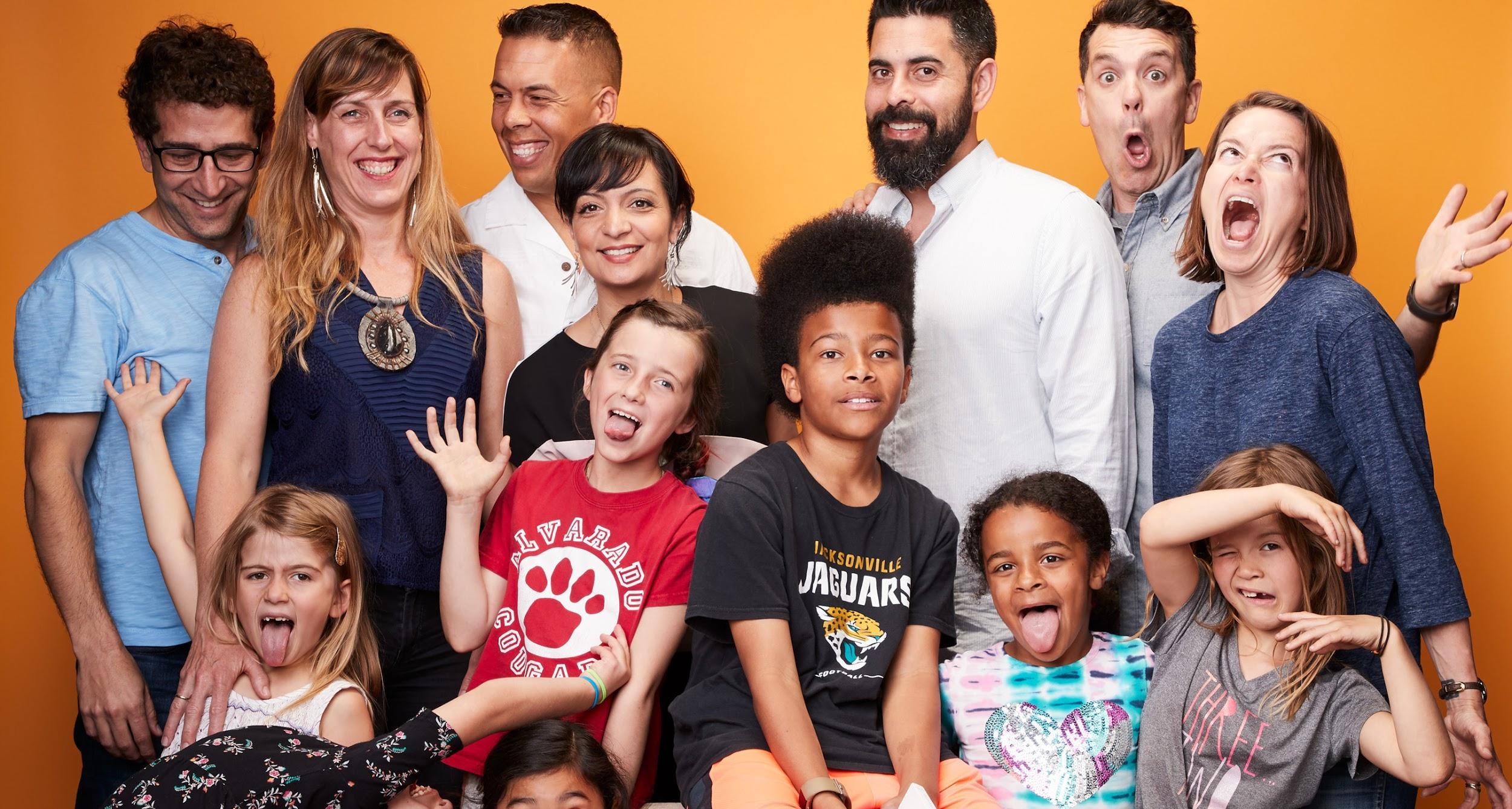Home-based sexuality education in the time of COVID-19
Now in its fifth year, and with funding from the Department of Health and Human Services’ Office of Population Affairs, Innovation Next is a unique accelerator program aimed at redefining adolescent sexual health through a focus on technology-enabled ideas to ensure that young people have the information and access to services they need. Fourth Cohort team Bloom discusses their work so far and what they hope the future holds.
We are now launching our first product, a home-based tool that can help families who are sheltering in place to have big and small talks about tough topics. Our playbooks are focused on kids in grade school and their families, with the hopes of supporting families through these challenging times.
Three years ago, when we joined Innovation Next, we were just a “regular” group of parents. We enjoyed cheering overly enthusiastically from the sidelines of our kids’ soccer games and we felt a sense of shared achievement when we made it, exhausted, to another Friday night, celebrating with pizza and a cold glass of anything.
In 2018, we discovered something that rocked us. Our public school, an amazing place for learning and community, taught sex education using a tube television, VCR, yand a VHS tape from 1984. The lesson took two hours and happened only once, in 5th grade.
We knew from national surveys, and our own harrowing experiences, that more than one in four of our kids will see hardcore pornography online by age 11. They don’t find it; it finds them. That number goes up to two in three kids by age 15. The internet is the leading source of sexuality education in our kids’ lives.
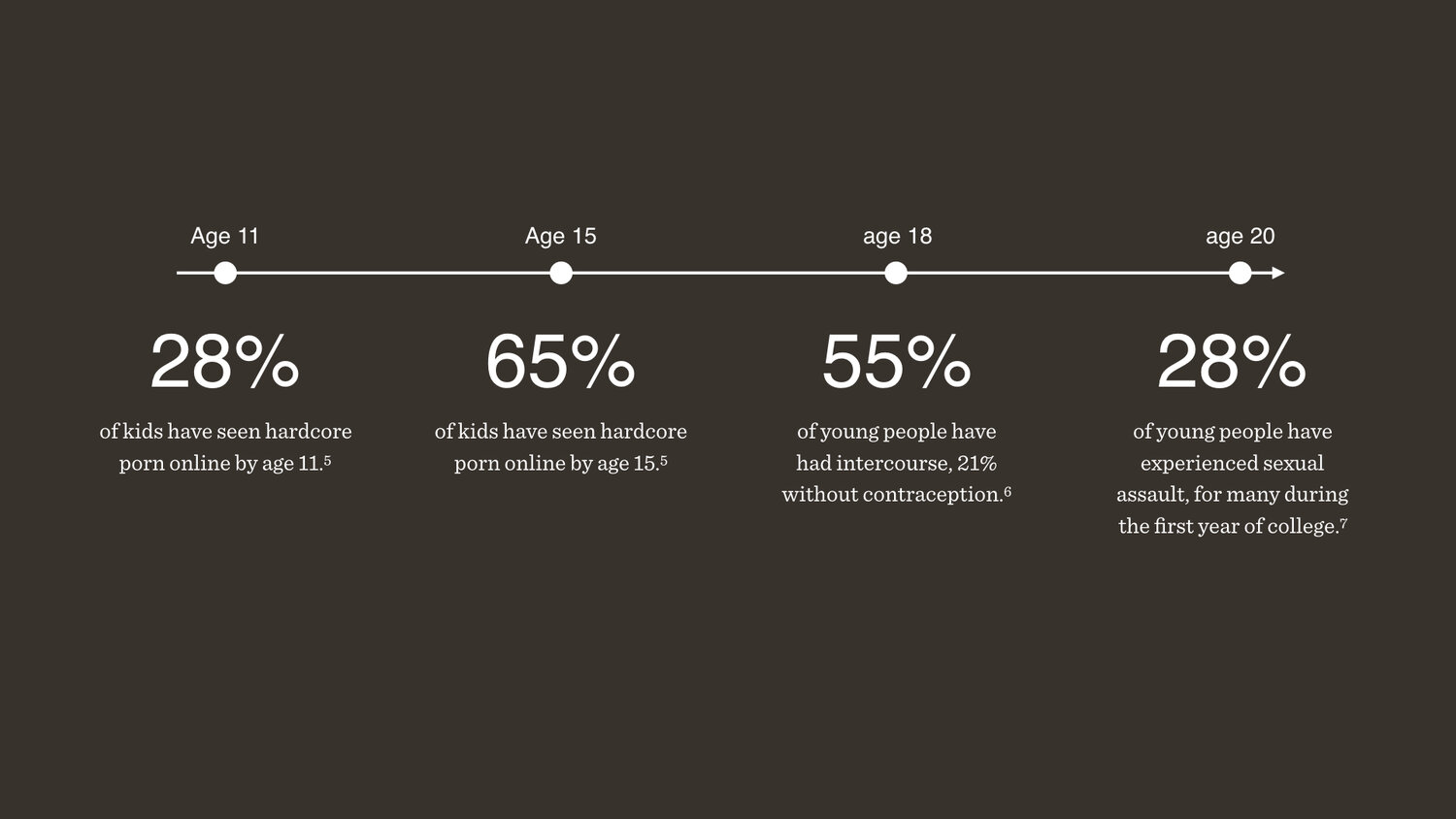
When we asked the teachers and administrators why it hadn’t evolved, they told us that parents — loving and concerned parents — stopped change. We knew that if concerned parents were usually the challenge, we could also be the solution.
And then we received the invitation to join Innovation Next. We were all in, but we didn’t have a clear idea of how to achieve our goal. So, we went out into the world to discover what’s working and get inspired.
We reviewed the scientific literature, read countless human sexuality books, interviewed experts in sexuality and child development, and spent countless hours with parents talking about their hopes and fears around their children’s sexual health. We traveled to the Netherlands to learn from the teachers, parents, and curriculum designers who have created one of the world’s most successful human sexuality curricula. Young people in the Netherlands have more knowledge about sexuality, the delay their first sexual experience later, and they have far fewer pregnancies and sexually transmitted infections than kids in the US.
We learned that modern sexuality education is best when it includes these 4 things:
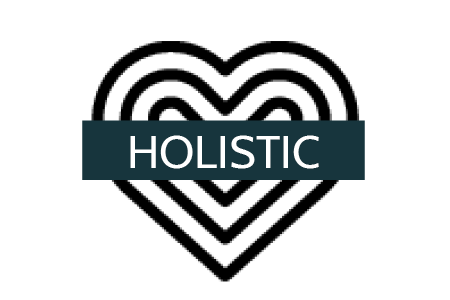
Sexuality is not just about our middle parts—our reproductive organs. Holistic sexuality is a lifelong exploration of relationships, identity, equity and safety, sensuality and pleasure, and beliefs. Although we found amazing children’s educational materials about human reproductive biology, it was nearly impossible to find resources that considered sexuality in a holistic way.

During our research, we discovered that few kids have access to evidence-based and scientifically-informed resources about human sexuality. The most successful programs helped kids to access the facts they need to stay safe and healthy. The least successful programs, from an evidence-based perspective, relied on fear and shame to motivate kids’ behavior.
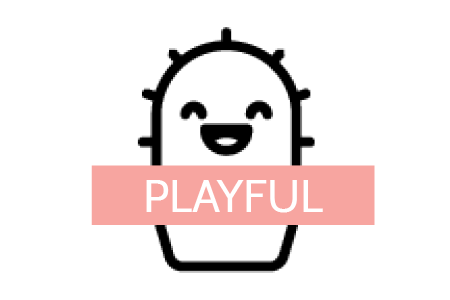
During our prototyping, we tried dozens of approaches to helping kids and parents to have discussions about sexuality. So many of them failed. Parents were terrified and kids were grossed out. That is, until we discovered humor, levity, and play. A little fun took the edge off tough topics. Play encouraged curiosity and opened conversations in a way that didn’t assume right or wrong answers. Laughing was the fuel that kept kids and their grown-ups at the table, talking together.

Some of the most celebrated sexuality education books and learning resources are now ten, twenty, or thirty years old. The hopes and expectations for inclusiveness have changed a lot in recent years. Our kids are (and probably always were) gender non-binary, gay, and exploring. Traditional and binary depictions of what kids should look, act, and be like are changing. Families who believe that their girls should be strong and that their boys should have big hearts, for example, struggled to find resources that respected this hope. Learning resources needed to reflect kindness, respect, and dignity for all people and reinforce the idea that loving relationships should be aware of power, fair, and empathic.
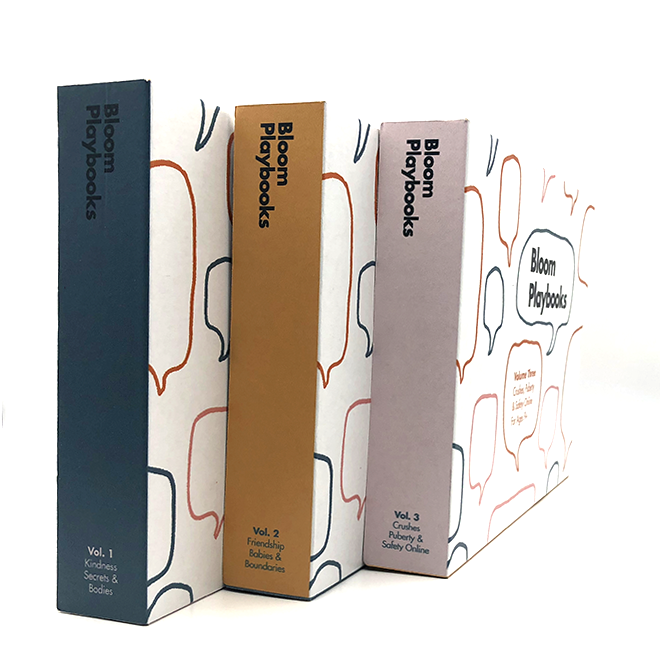
We used these four principles to design Bloom Playbooks -- holistic, smart, playful, and inclusive tools to help families have all of the big and small conversations we wish grown-ups had with us when we were young. Each playbook is full of games, stories, and interactive activities for kids and their grown-ups to try out together.
Volume 1 has three playbooks for ages 5+:
- Empathy: How to Talk About Kindness
- Safety: How to Talk About Secrets
- Biology: How to Talk About Bodies
Volume 2 has three playbooks for ages 7+:
- Empathy: How to Talk About Friendship
- Safety: How to Talk About Boundaries
- Biology: How to Talk About Babies
Volume 3 has three playbooks for ages 9+:
- Empathy: How to Talk About Crushes
- Safety: How to Talk About Safety Online
- Biology: How to Talk About Puberty
It has been a long journey. Even though we are exhausted, we are also exhilarated by the encouragement we’ve felt from communities who are sheltering-in-place around the globe. Although this is an incredibly difficult time for families, we also believe that some beautiful things can come from our time together. We hope, in some small way, that Bloom can inspire some laughs, a feeling of closeness, and new knowledge for families of all kinds.
Learn more about our work at www.BloomScience.org
